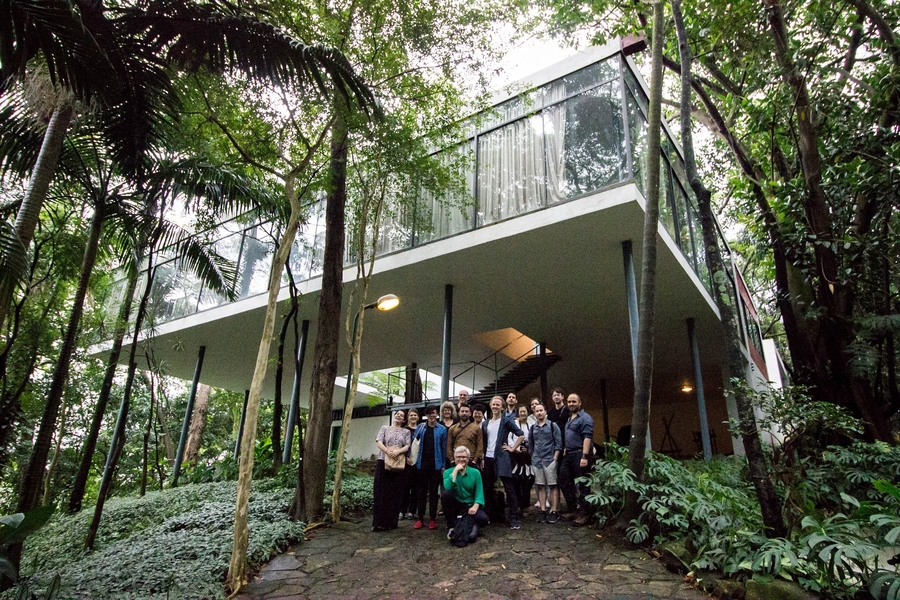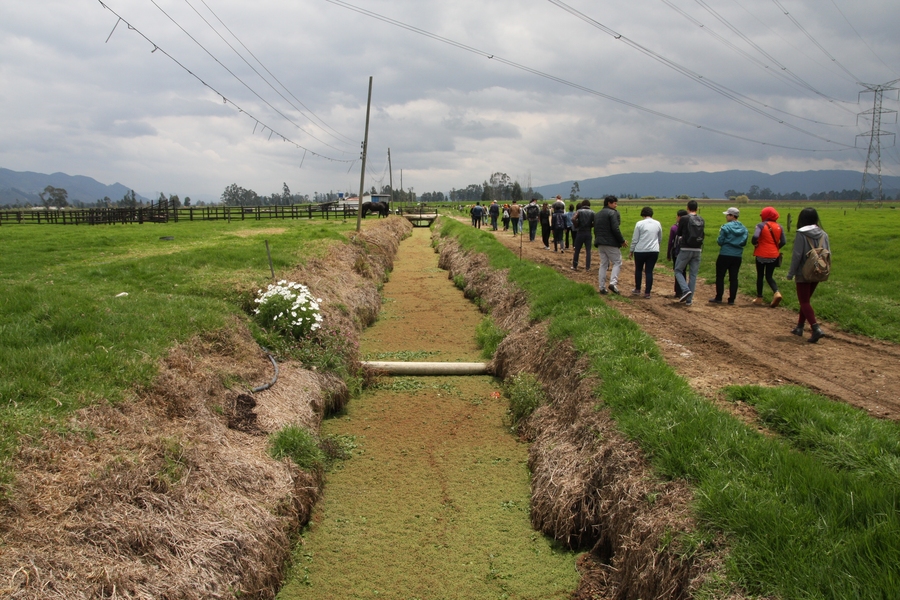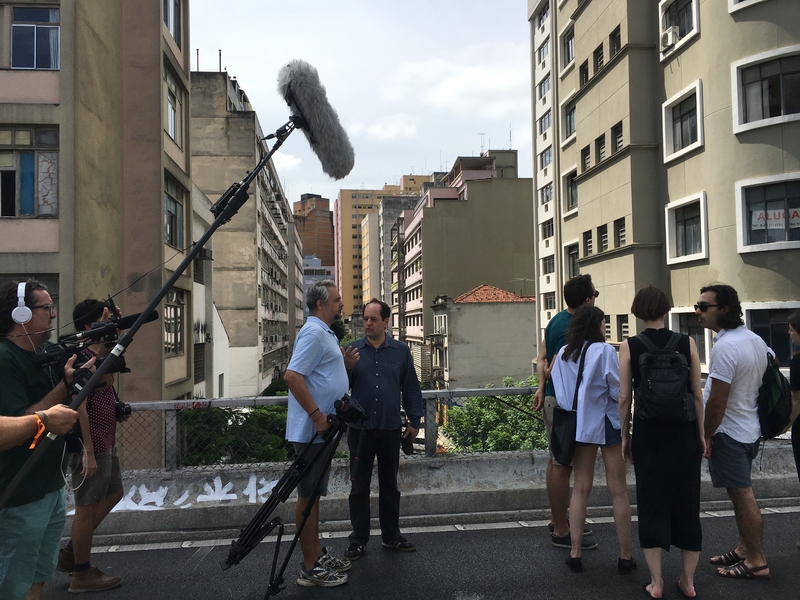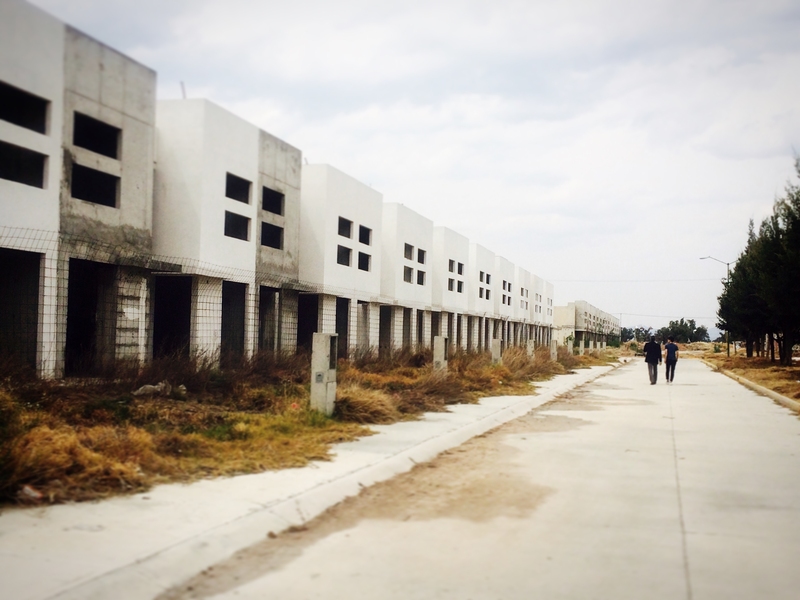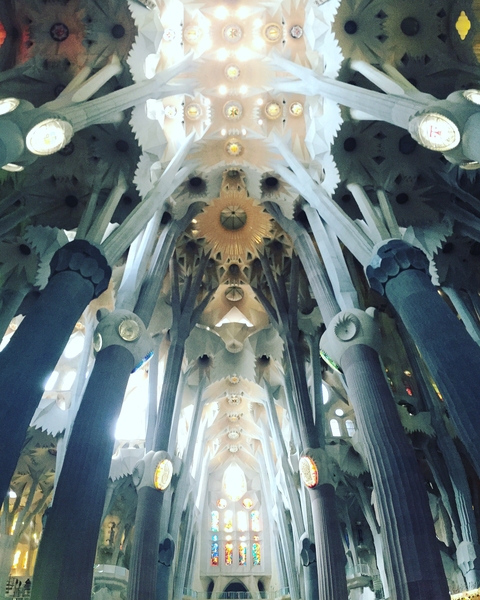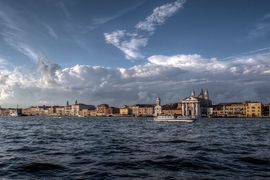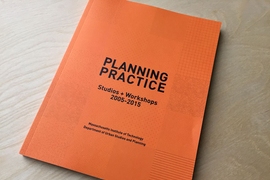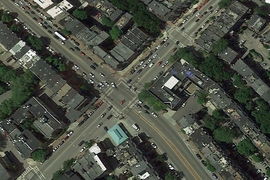This spring, six advanced architecture and urban design and planning classes visited study sites in five countries on two continents. Site visits included: Bogotá, Colombia; Santiago and the Atacama Desert, Chile; São Paulo, Brazil; Mexico City, Mexico; and Barcelona, Spain.
The trips presented graduate students with the opportunity for on-the-ground explorations of topics ranging from water and urban development to artistic action in the public realm. Several of the course trips also allowed students to examine historical approaches in specific contexts, from ancient settlement patterns in Chile’s Atacama Desert to a Brazilian transportation project from the 1970s.
The goal, say the instructors, was to bring back vital data, knowledge, observations — and questions — to inform classroom work with real-world experience over the final weeks of the semester. Site visits were made to:
Bogotá, Colombia
“Territorial Stitch: Bogotá,” taught by Associate Professor Alexander D’Hooghe and lecturer Oscar Grauer, is a collaboration between MIT and the University of the Andes and La Salle University, both in Bogotá, Colombia. “The objective of this course is to reconceptualize the relationship between water and mobility infrastructures in urban environments as a means to reshape urban development patterns,” D’Hooghe says.
Santiago and the Atacama Desert, Chile
“The Radical De-substantiation of Architecture” considers the Atacama Desert in Chile. “The ancient settlements in the San Pedro oasis and the camps of the vast Chuquicamata open-cast mines offer starkly contrasting logics of temporary habitation millennia apart in the most arid environment on earth,” says Associate Professor Mark Goulthorpe. “The challenge is to devise a new logic of ‘building dwelling thinking’ through computation and innovative material processing, at a significant locus of extraction.”
São Paulo, Brazil
Two courses visited São Paulo, Brazil. Visiting professor Angelo Bucci’s studio, “São Paolo’s Thick Ground: A Strategy for the Redesign of Minhocão’s Architectural Front,” focuses on a 2.7-kilometer viaduct, the Minhocão, built in 1970 to promote high-speed and long-distance travel. Like many infrastructural projects, it divided the neighborhood and resulted in building degradation.
Associate Professor Gediminas Urbonas and visiting lecturers Bik Van der Pol’s studio seminar, “Public Art/Public Sphere” focuses on artistic action in the public realm as a way of emphasizing coproduction and cooperative ethics. Broader forms of “environmental” thinking are considered alongside historical models of art and action, including ecosystematic aesthetics, post-conceptual art, and contemporary interventionist tactics and artistic strategies.
Mexico City, Mexico
“Renacimiento: Reviving Mexico’s Abandoned Towns” is a joint architecture/urban studies and planning studio taught by associate professors Rafi Segal and Brent Ryan. The course focuses on proposing novel interventions for isolated housing estates built outside of Mexico City. Intended to provide affordable housing, the developments were sited so far from infrastructure and public services that many were abandoned.
Barcelona, Spain
Visiting professor Clara Solà-Morales, of Cadaval and Solà-Morales, is teaching “Sagrada Familia: Tourism and Conflict.” The Sagrada Familia church, designed by Antoni Gaudí, receives 3.25 million visitors per year. “The studio addresses interventions in the vicinity of Gaudí’s temple to build up the necessary infrastructures to absorb such influxes of people,” Solà-Morales says. “Architecture and public space work together to build coherent and scaled spaces that are able to maintain urbanity and the city identity.”
